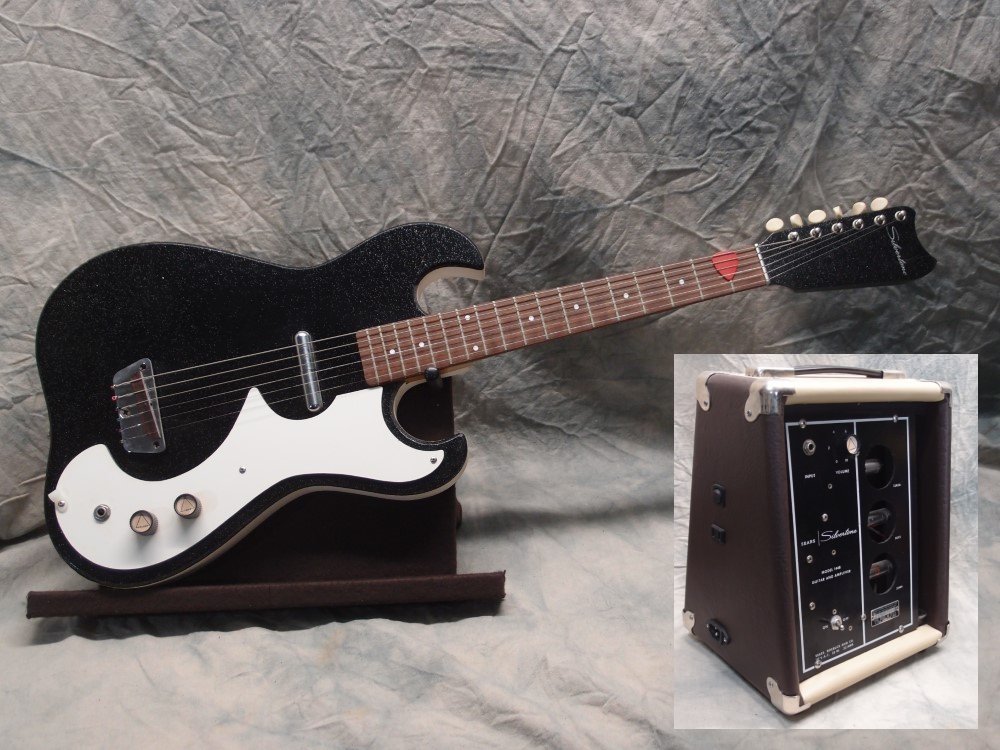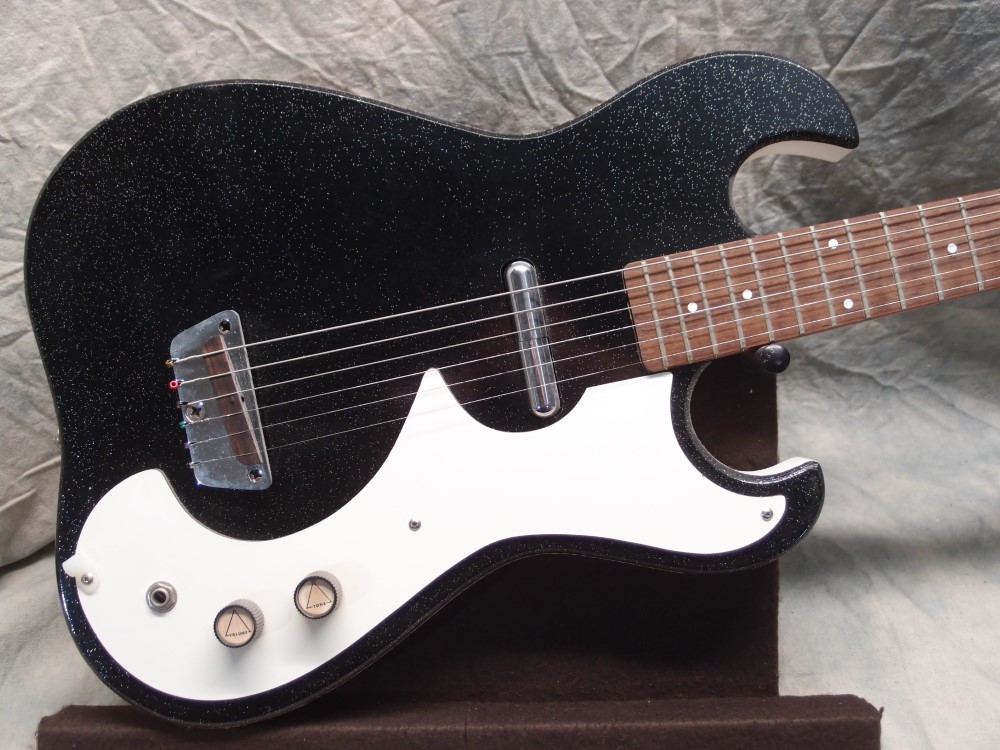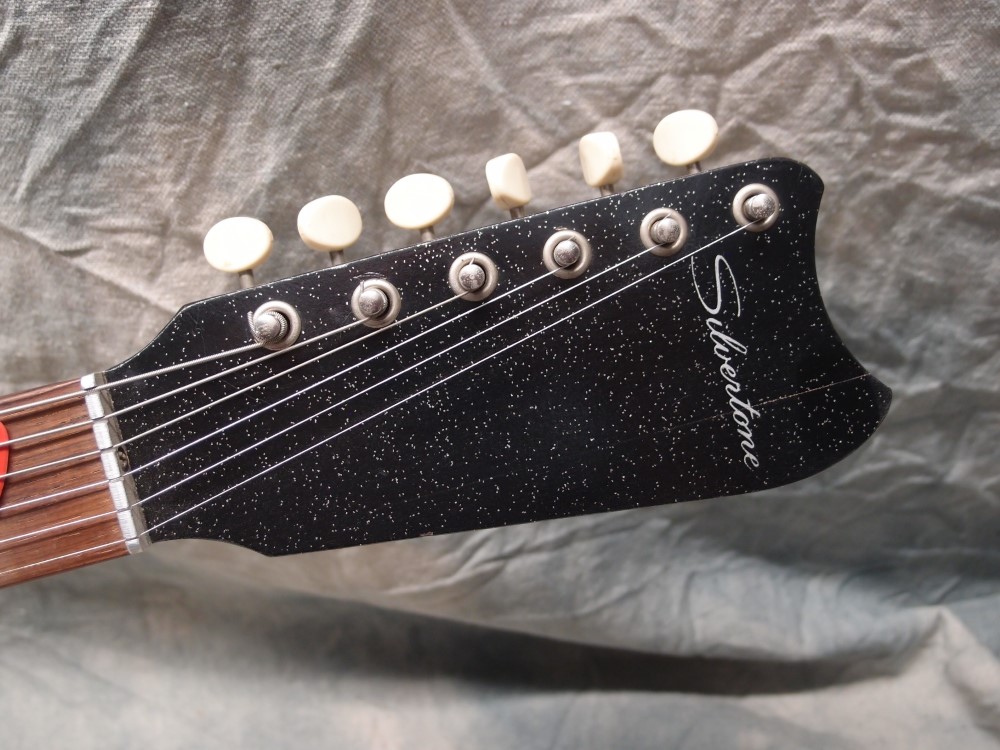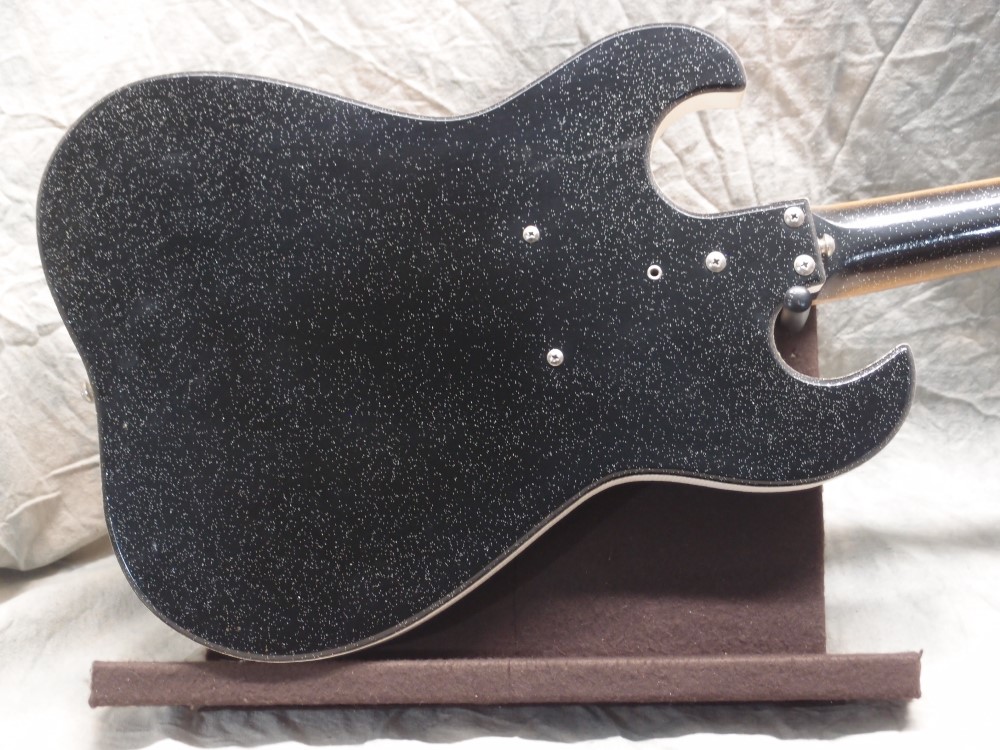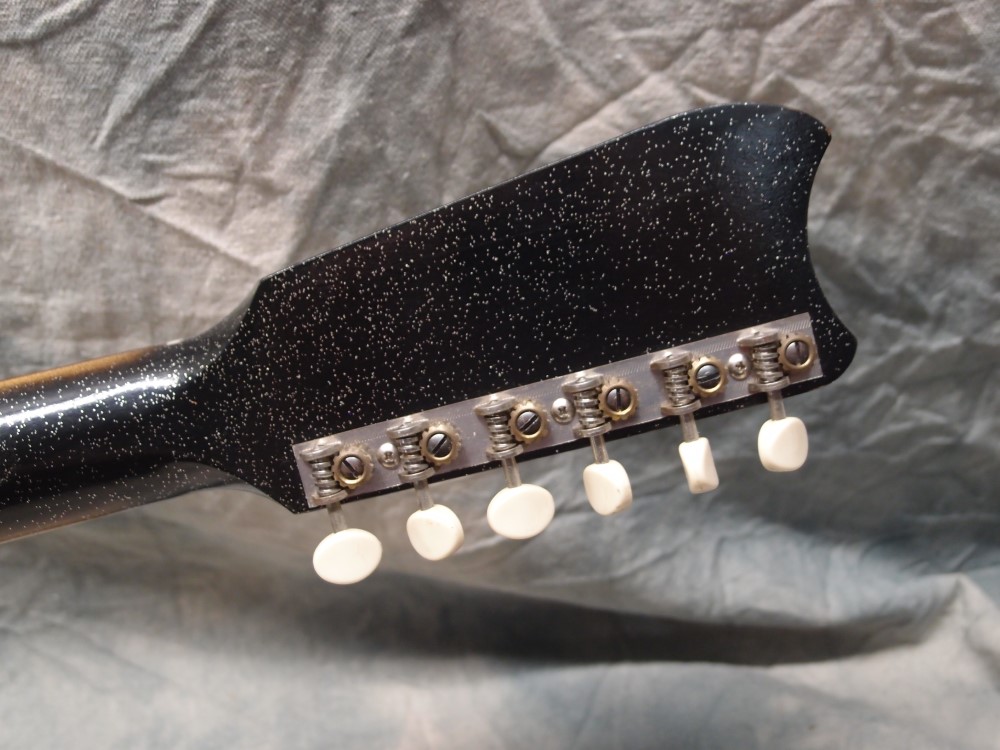August 12, 2022
Why is Modern Music so Awful?
August 12, 2022
He forgot to mention "remastering", where great old recordings are piped through a compressor to end up sounding just like today's shite. This is especially ironic for Beatles recordings. The Beatles and George Martin went to great lengths and used a lot of tricks to get the maximum dynamic range out of the primitive recording equipment of the day, and largely succeeded. Only to have the life squashed out of it by money-grubbing record companies who want to sell you the new "remastered" (ruined) version. The original Beatles recordings sound much better, especially the CDs; if you have them, hold on to them !!!
A problem with modern digital recordings in that they have the base volume set so high that it induces clipping in the playback device. This is done deliberately by the record companies, because kids nowadays have no idea what good sounds like, and to an uncritical ear, louder is better. So after years of improvement in electronics and computers, we actually have higher distortion today than forty years ago !!! Fortunately, this is easily fixable with a little app called MP3Gain, https://mp3gain.sourceforge.net/.
I'm not some vinyl-pounding luddite, a well-done old unremastered CD sounds better than a vinyl record, it takes a vivid imagination to claim otherwise. And a good high-bitrate MP3 is indistinguishable from a CD, unless you are some pretentious audio snob. If there is anything to complain about, it is the quality of the playback equipment, which has been going backwards for decades. But then, today's music is so awful, it really doesn't matter.




